Industry-Sponsored Student Capstone Projects
2024/2025
In the 2024/25 academic year the industry capstone program was supported by 65 sponsors, more than half of which were returning, and 96 real-world projects. Over five hundred fifty students from across the College of Engineering participated. Scroll down to learn more about each project.
Group14
Design of Fluid Flow Model for a Porous Material Bed Using Gas Cell Prototype
This student team will work to characterize and predict fluid flow through a bed of porous particles. Understanding fluid flow through porous media is essential to nanomaterial design and synthesis through chemical vapor deposition, gas separation, and catalysis. Previous work between UW and Group14 has resulted in the development of a prototype device with initial proof of principle. Our goal for this project is to refine that prototype design, test variables of interest including particle size distribution, porosity, bed density, and bed depth, then use those results to design an empirical model for predicting behavior of future materials. The design parameters of this project include optimizing a gas flow cell design for a preferred range of material properties and designing a basic model for predicting the relationship between gas flow (e.g. pressure drop across the bed) and those material properties. The scope entails using that apparatus to study and predict inert gas flow through different materials, particle size distributions, porosity, bed densities, and bed depths by controlling process conditions such as gas flow rate, temperature, and pressure. The performance will be judged by the operational range of the optimized apparatus and the predictive power of the model compared to test data such as maximum bed depth allowable for a defined pressure drop. Desired outcome would be the optimization of a test apparatus and designing an empirical model of the scoped process variables to predict pressure drop across a bed of material.

Guide Air Labs
Design and Development of DAQ Package for Aerospace Applications
The project aims to develop a consumer-ready aerospace product. Students will work to: 1. Design, fabricate, and assemble small PCBs. 2. Design and manufacture a waterproof enclosure for the PCBs. 3. Develop a MicroPython/C++/Arduino API for flight computer communication. PCB Dimensions: The dimensions of the PCBs will be constrained to 7 by 6 centimeters or smaller. Multiple PCB boards will be stacked as needed, with height restrictions determined by the sensors and components selected by the student team. Enclosure Specifications: The enclosure will be designed to meet IP67 standards, ensuring it is dust-tight and can withstand immersion in water up to a depth of 1 meter for 30 minutes. The design must include waterproof connectors and allow for ease of assembly and disassembly to facilitate testing and maintenance. System Performance: All electronic systems must operate at a minimum frequency of 100Hz to ensure real-time data processing and communication, which is critical for aerospace applications. As the project outcome, this student team will work to deliver a fully operational, consumer-grade product for aerospace applications. This product will include a custom-designed PCB housed within a durable, waterproof enclosure, and will feature an API for seamless integration with a flight computer. Students will acquire practical experience in PCB design, enclosure fabrication, and software development, equipping them with a broad skill set applicable to aerospace engineering and related fields.

Guide Air Labs
Development of Low Altitude Station Keeping Ion Thrusters for Heavier Than Air Systems
This project will incorporate power electronics and controls. From the sponsor: Plasma/Propulsion/Power Controls/Dynamics Manufacturing Structures Fluids

Guide Air Labs
Development of RTL-SDR Signal Monitoring System
For this project, students will work to develop a signal monitoring system using RTL-SDR (Software Defined Radio) to study and monitor ionospheric effects on communication signals. The system will capture and analyze radio frequency variations caused by ionospheric disturbances, providing valuable data for aerospace and terrestrial communications. This hardware-centric approach is directly relevant to aerospace and communications research. The system will be designed to capture and analyze GPS signals in real-time, using RTL-SDR for wideband signal acquisition. The system’s scope includes hardware integration, software development for signal processing, and testing for robustness in variable conditions. The design will focus on creating a distributed network of GPS monitoring stations, with each node consisting of an RTL-SDR receiver, a high-performance GPS antenna, data logging hardware, and communication interfaces for real-time data transmission. Critical performance criteria include the network's spatial coverage, signal accuracy, and synchronization between nodes. The system must handle continuous data streams and provide real-time alerts for ionospheric disturbances, with a focus on scalability and reliability in outdoor environments. The desired outcomes this student team will work to achieve include a fully operational GPS signal monitoring network with distributed nodes that collect and transmit real-time data on ionospheric disturbances. Deliverables will include detailed hardware designs, a functional prototype of the monitoring network, and performance evaluation reports.

Hytek Finishes
Airbeam Surface Coating Process Improvement
This student team will work to create an automatic or manually fed masking tape device for application of maskent to aerospace parts. These parts require multiple stage masking. The project would give mechanical engineering students a chance to apply their skills in the real world and assist a business in operating and lowering overhead costs. Students will also be designing and building something that outside vendors have avoided due to the unique nature of the project. This would help students to add an eye-catching project to their project portfolio that will help them to stand out in future job applications. The design would first and foremost need to meet specification and drawing requirements. The design would need to reduce application time and ergonomic fatigue on employees. This will need to be scalable for the length of the parts and accommodate two different part configurations with unique and complex geometry. At the end of this project the students should be able to provide a device or workstation that will support the masking for paint processing of airbeams. Additionally, a scalable or modular design is desired so Hytek can utilize this for the entire product family of airbeams. By designing for ergonomics, we expect a reduction of injuries and increase in employee satisfaction. This will also allow for consistent quality outcomes. By making this scalable, it will also allow Hytek to more easily source standard maskants.

IBM
Subspace-based Quantum Diagonalization Methods for Optimization
Project participants will be expected to explore SQD and KQD techniques using publicly available manuscripts on the topic and using Qiskit and other open-source numerical simulation tools to achieve the desired outcomes. The project aims to explore the potential for applications on quantum computers, but there is no requirement to run such algorithms on current devices.
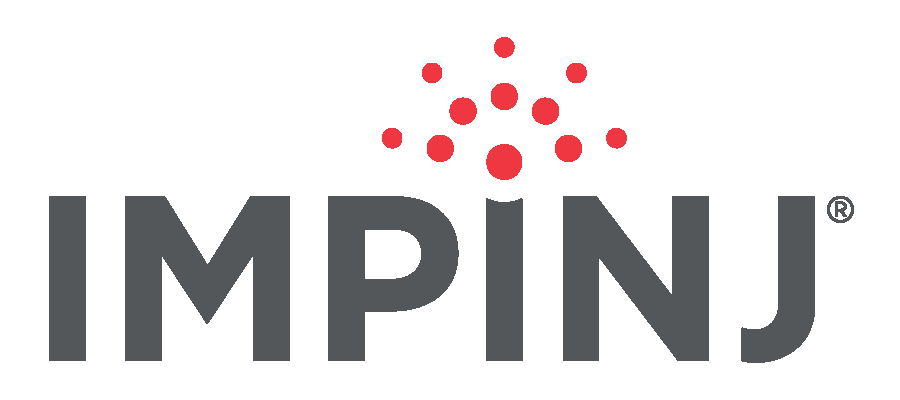
Impinj
Multi-Node FPGA System for Wireless Protocol Development
This student team will work to create a system to manage real-time communication with a population of FPGA's emulating Impinj RAIN RFID Tags. This system should be able to send sequences of valid and invalid commands to the tag emulators and simulate real-world RF conditions by programming varied RF attenuation among the FPGA tag emulators. Upon completion, this project will aid Impinj in pre-silicon testing of RFID tag functionality and performance in many-tag systems. This would improve on current pre-silicon tag testing which focuses on RTL and post-layout simulation of single tag designs, and it would provide a method to gather new, scenario-dependent performance metrics. Students will be provided working FPGA RFID tag emulators and access to a Linux host and software suite that can send and receive communications with a single tag emulator. Using the example one-tag system, students will be tasked with designing a host system (wireless or wired) that can send and receive sequences of communications to and from a population of "many" tag emulators. The system should be able to program varying attenuation to different tag emulators in the system to emulate variations in RF signal strength in real tag populations. The system will be tested using RAIN Gen2 RFID protocol algorithms, but knowledge of the protocol is not necessary because algorithms will be provided. Once the students have created the system described, students can tackle reach goals by testing a variety of situations and gathering exciting new performance metrics about RFID tags in real-world scenarios. The minimum expectation for this project is that students will deliver a system that can communicate and control, either wired or wirelessly, at least 5 FPGA tag emulators and create different RF conditions on each emulator. Additionally, the system created should automate deployment of different tag architectures across tag emulator population. Desired outcomes could include creating a system that could communicate with as many as 25 FPGA tag emulators or collect and control internal logic states and memory from the FPGAs and leverage the data to evaluate performance of provided algorithms.
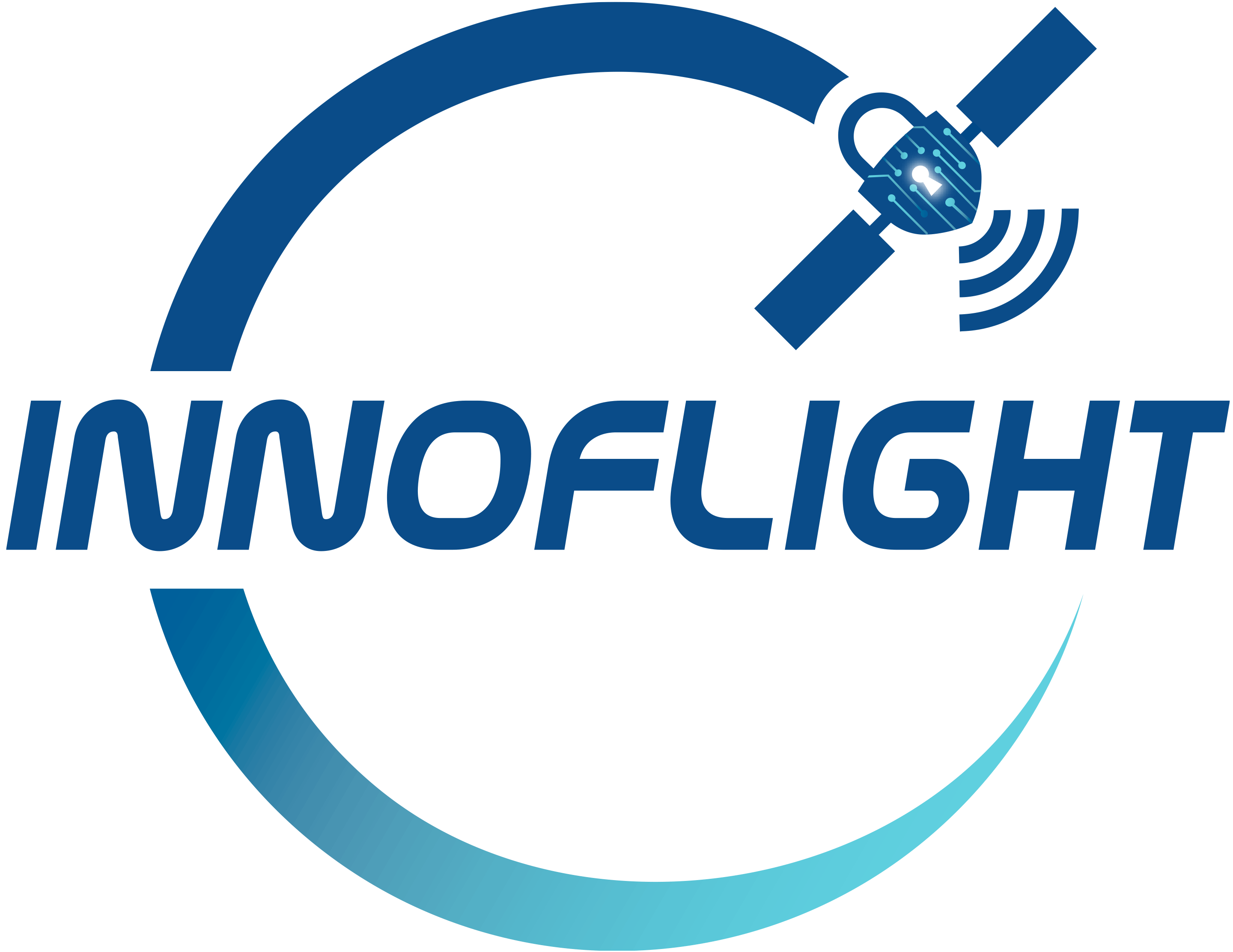
Innoflight
Auto JTAG for Production Environments
JTAG is a popular interface to program FPGAs (Field Programmable Gate Arrays) and SoCs (System on Chip). This student team will work to design and integrate a system that can by python scripted to remotely program an FPGA/SoC. The target device this student team will work on is a Microchip Polarfire FPGA. The stretch goal this student team will work to achieve is a boundary scan capability to program off chip memory. Design parameters and performance this student team will work to incorporate include targeting FPGA/SoC by Microchip. Specifically, this student team will work to focus on the Polarfire and Smartfusion families. Finally, this student team will work to be able to perform Python scripted target device programming operations. For this project's outcome, this student team will work to provide a software package including all source code, build packages, scripts, and final report.
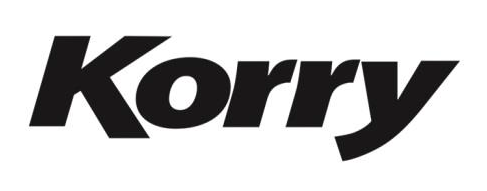
Korry Electronics
Micro-LED Displays for Aerospace Applications
Micro-LED displays are an exciting new trend in emissive display technologies that are set to challenge the current Active Matrix Liquid Crystal Displays that are currently used throughout the Aerospace industry. Currently there are major display companies investing in developing a reliable, manufacturable, size appropriate display for various markets. The student team for this project will review the current manufacturing challenges that the industry is working on. After this study, the team will use a 6.3 inch x 4.5 inch micro-LED display and design a display housing and interface that will drive selectable avionic images to demonstrate the potential for the use of micro-LED displays in the cockpit. Design will integrate an available micro-LED display while considering aerospace environmental requirements. The design will use mechanical packaging and analog and embedded development to develop an interface that can be either self-contained or be driven with off the shelf lab equipment. Korry's desire is to gain a better understanding of the manufacturing readiness level of current micro-LED production as it relates to Aerospace applications. Korry also hopes to be able to demonstrate to our customers future capabilities that will provide technological advancements in our product families.

Lenovo
Efficient Inference of Large Language Models on Single GPU
Large Language Models (LLMs) like Llama 3.1-70B model excel in natural language processing tasks but require substantial computational and memory resources, typically necessitating multiple high-memory GPUs (e.g., NVIDIA A100). This poses a barrier to users with limited resources. The key challenge is efficiently performing inference on large-scale LLMs using a single GPU (e.g., NVIDIA A40 or RTX 4090) while maintaining acceptable model accuracy and throughput, thereby making these models more accessible and widely applicable. To address this challenge, the student team aims to achieve the following objectives: 1. Research on Model Compression: -Systematically evaluate the impact of model compression techniques on LLM accuracy and inference performance during both the prefill and decode stages, establishing comprehensive benchmarks. 2. Compression and Long-Sequence Inference Optimization of LLMs: -Apply selected compression techniques to the Llama 3.1-70B model, ensuring the model's accuracy loss is kept within 5%. -Support long-sequence inputs (e.g., ≥10k tokens) by employing techniques like KVcache optimization, activation quantization, and offloading to enhance inference efficiency and throughput. -Through the optimization techniques described above, achieve at least one of the following targets: o Target 1: Implement inference of the Llama 3.1-70B model on an A40 (48GB) GPU, supporting inputs up to 10k tokens, with a throughput of ≥10 tokens/s, and ensure the model accuracy loss is within 5%. o Target 2: Implement inference of the Llama 3.1-70B model on an RTX 4090 (24GB) GPU, supporting context inputs of at least 1,000 tokens, with a throughput of ≥10 tokens/s, ensuring the model accuracy loss is within 5%. The student team will advance the project according to the following milestones: 1. Technical Selection and Evaluation: -Investigate the principles and implementations of model compression techniques like quantization, calibration, sparsification, and pruning. -Experiment systematically with various compression techniques to assess their impact on model accuracy and inference performance. -Explore new ideas and methods to enhance existing technologies. 2. Implementation of Compression and Optimization: -Apply the selected model compression methods to the Llama 3.1-70B model to reduce model size and memory footprint. -Test the quantized model to ensure that the accuracy loss remains within 5%, measured using standard benchmarks such as Perplexity (PPL) on datasets like WikiText2, and task-specific benchmarks like MMLU. -Evaluate the inference speed and resource utilization of the quantized model on the target hardware to inform the next stage of optimization. 3. Optimization of Long-Sequence Inference Performance: -Develop and implement techniques like KV cache optimization, activation quantization, and offloading to enhance the inference efficiency of the compressed model for long-sequence inputs on a single GPU (A40 or RTX 4090). -Enhance the throughput of long-sequence inference, aiming for at least 10 tokens/s. 4. System Integration: -Integrate the compression and long-sequence optimization techniques into a unified inference workflow, ensuring system stability and reliability. -Adjust model and system parameters for the target hardware (A40 and RTX 4090) to maximize performance. -Ensure the workflow is modular and easily integrable into mainstream AI frameworks. 5. Performance Verification and Technical Analysis: -Test the final optimized model in an actual hardware environment to verify if it meets the expected performance targets. -Organize experimental results and analyze the impact of different techniques on model performance. -Prepare a technical report evaluating the performance and applicability of each technique, providing recommendations for future research.

Lockheed Martin
Lunar Electromotive Launch
The student team will work to evolve the concept for a lunar surface-assembled electromagnetic launcher to deliver lunar-sourced material to lunar orbit, focusing on model-based design, simulation and test. Lockheed Martin envisions a water-based nuclear-enabled lunar economy to literally fuel sustainable space exploration to Mars and beyond. Liquid oxygen/liquid hydrogen chemical and liquid hydrogen nuclear thermal propulsion can both use propellant generated from lunar-sourced water. Lunar infrastructure is expected to be in place to excavate the resources and power the electromagnetic launcher. A propellant depot is assumed to receive and store water from canisters launched from electromagnetic launcher. The student team will work to meet the following objectives: -Objective 1: Produce and deliver a coilgun performance model that is configurable to various operational parameters and assess the performance of the coilgun. An example model input: track length, armature diameter, expected exit velocity, payload mass, etc. Some example output performance parameters: energy conversion efficiency, armature heating, velocity error, electromagnetic field distribution, and other important operational figures of merit. -Objective 2: Modify and test the existing subscale electromagnetic launcher to validate the coilgun software performance model, implementing updates to the model as applicable. The student team needs to be a diverse team in all dimensions, both from a gender/background perspective and an engineering perspective. The various problems to be solved are difficult and interconnected, and innovative solutions are required. There are no established built designs from which to draw, so a diverse team generating many options is necessary to continue imagining and evolving a conceptual design. The student team will work towards the following outcomes: -1: Deliver a software model simulating the performance of a coilgun, in MATLAB or otherwise integrate-able within a MATLAB environment, with confirgurable functional parameters. Include a description of the model, its interfaces, and how to operate it. -2: Modify existing ground demonstration subscale test article and demonstrate payload launch to verify performance model. -3: Deliver a final report that includes: Summary of model-based concept and updates, and supporting analyses; summary of subscale modifications, test results, subsequent performance model verification, and lessons learned; summary study of other means of electromagnetic mass driver technologies/approach.
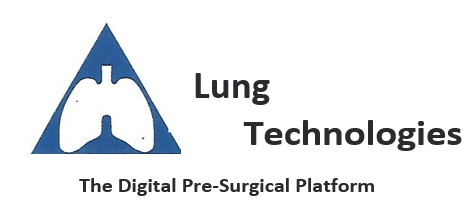
Lung Technologies
Therapeutic Incentive Spirometer With E-flex
This student team will work to develop a next-generation Therapeutic Incentive Spirometer which will incorporate a first of its kind digital user-interface to provide hard clinical data on the patient's use of the device and their progress or lack of progress. The Spirometer this student team will work to develop will also incorporate a first of its kind oxygen and albuterol administer port for patients on oxygen therapy, thus, providing currently two functions into one device. Currently, there is no way to monitor a patient's use of an Incentive Spirometer. This is a large problem in hospitals today that desperately needs to be addressed. Also, there is no way to administer oxygen or medicine through an Incentive Spirometer. This requires 2 to 3 separate procedures for the healthcare provider taking up valuable time and resources. This student team will work to incorporate this into one procedure. Key product enhancements, design parameters and performance this student team will work to incorporate for this project include: -Spirometer: -redesign handle to make it a more ergonomic feel. -reduce volume on Spirometer to 4000ml. from 5000ml. -reduce height of Spirometer by 1 - 1-1/2 inches. -move 'good, better, best' window to right side of diaphragm from left side. -Oxygen and albuterol administer port. -Electronic User-interface: Develop a rail system as described in the video provided by Lung Technologies to be adjustable every 250 ml's from 500 to 4000 ml's. -Develop sensor that reads diaphragm upon reaching desired goal, i.e. 3500 ml's. -Incorporate an LCD screen to notify patient of successful "Sustained Maximal Inhalation" or SMI. -Include a numeric counter 1/10 - 2/10 up to 10/10 in the screen. -re-set button -on/off switch -patient 10 minute reminder with an audio and flashing light reminder -sleep mode activator between inhalations, awakens when patient picks up Spirometer via motion sensor -rechargeable power source to last minimum of 3 8-hour sessions of use. The outcome this student team will work to achieve is a fully functional working prototype including meeting all of the design parameters and performance indicators.

Membrion
Estimation of TDS Factors for Salt Solutions From Conductivity Versus Concentration Datasets
In engineering design, it is important to understand the constituents and chemistry of wastewater streams. The streams treated by Membrion's ECD technology are often complicated and lack qualitative and quantitative information. Conductivity is an easy measure of ionic composition but does not provide enough information about total dissolved solids. The student team will work to build a tool to predict total dissolved solids (TDS) factors for a range of individual and mixed salt solutions with varying concentrations and conductivities. The student team will: -Research composition of typical acidic wastewater streams in Membrion's target market. -Perform a literature survey to identify example stream compositions in semiconductor manufacturing, metal plating and finishing, and acid mine drainage industries. -Prepare an experimental matrix of different salts containing relevant ions having a range of concentrations. -Build a dataset of concentrations and their corresponding conductivities. -Build an empirical model to predict possible individual ion concentrations given the conductivity and species present in a wastewater stream. Optionally, use AI to further enhance model. The student team will work to create a tool/model/software that can predict TDS values from conductivity over a range of salt concentrations.

Membrion
Greenhouse Gas Emissions Calculator for Conventional Wastewater Treatment
Traditional treatment methods for metal-containing wastewater typically involve a mix of off-site trucking, chemical precipitation, incineration, and/or encapsulation. While there exist open-source greenhouse gas (GHG) calculators for treating municipal waste, these tools do not exist for metal-laden industrial waste streams. The goal for this student team is to develop a tool that can estimate the GHG emissions associated with conventional treatment methods based on flow rate, and high-level water quality data (i.e., pH, total dissolved solids, metal-ion concentrations). By comparing to GHG emissions of Membrion's wastewater treatment process, we can calculate the total GHG abated by customers who employ these new wastewater strategies. As companies and investors increase their focus on environmental, sustainability, and governance (ESG) goals, this numbers gives them quantitative motivation to fund and adopt new technologies. -Students will first perform a literature review of common treatment methods for 3 industries producing metal-laden wastewater: semiconductor, metal plating/finishing, and mining (specifically acid mine drainage). -Students will identify important input parameters necessary to calculate GHG emissions and determine which can be user inputs vs documented assumptions. -Students will leverage open-source data and document assumptions to calculate GHG emissions associated with each process. The student team will work to complete a literature review of common treatment methods for metal-containing wastewater from 3 main industries: semiconductor manufacturing, metal plating/finishing, and mining (specifically acid mine drainage). The desired outcome for the student team is an Excel workbook with sections that calculate these processes. Currently, Membrion has identified these sections: 1) Wastewater input parameters - allows users to input variables such as flow rate, and water quality data (i.e., pH, total dissolved solids, metal-ion concentrations) 2) Treatment parameters - allows users to select which treatment processes are utilized. 3) GHG from chemical precipitation - uses input parameters to calculate GHG emissions associated with production of chemicals such as lime for precipitation 4) Trucking - estimates GHG emissions associated with trucking wastewater and based on volume trucked and average distance to off-site treatment. 5) Incineration - GHG emissions associated with incinerating sludge to create a solid 6) Encapsulation - Determine GHG associated with encapsulating metal-containing sludge to prevent leaching back into the environment.

Micron
Systematic Variation of Transistor Characteristics From High Volume Wafer Fabrication
In this project, students will leverage their engineering and data science skill sets to tackle a real world manufacturing data set. The initial stage of the project will focus on data engineering, analysis, and method building. Upon assessment of data correlations, students will narrow scope and dig deeper into a portion of semiconductor fabrication process to identify root cause. DRAM CMOS and/or interconnect devices exhibit systematic variation in threshold voltage resulting from the hundreds of process steps use to fabricate them. We suspect that some process variation [tool-to-tool, wafer-to-wafer] is directly correlated. Identify the process steps, whose variability have the greatest influence on wafer level parametrics (Vt, Resistance, Capacitance, etc). Under this problem statement, students will identify influential process steps and attempt to build a physical root cause assessment. Additional data or process details may be provided on a need base as the project proceeds. Through this project students will have the opportunity to utilize their engineering and data science training on a real world problem set and network, with the intent of exploring careers in the growing area of domestic semiconductor manufacturing and R&D.
Related News
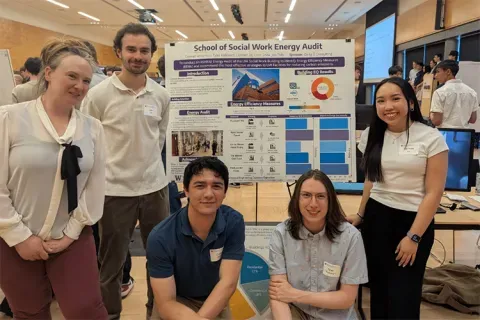
Mon, 10/13/2025 | UW Mechanical Engineering
Capstone collaboration leads to award
An ME capstone team received first place for its energy audit of the UW School of Social Work building.
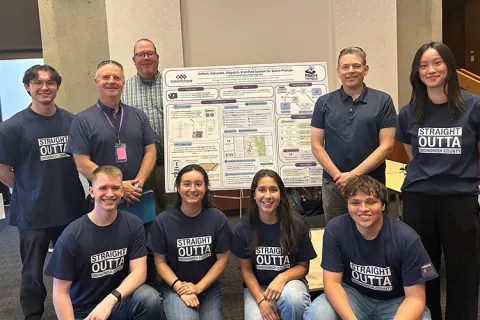
Thu, 07/17/2025
UW engineering students develop smart ballot solution
UW engineering students develop smart technology solution to improve ballot collection for Snohomish County.
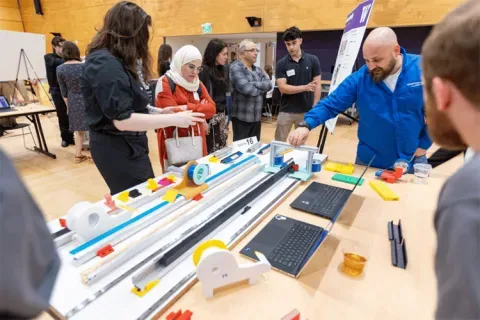
Mon, 07/07/2025 | UW Mechanical Engineering
Capstone creations
Students displayed innovative capstone design projects at the 2025 expo.
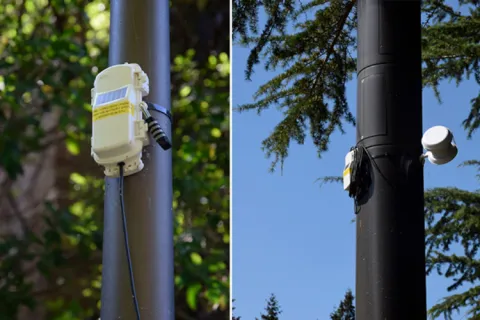
Fri, 09/20/2024 | UW Civil & Environmental Engineering
Smarter irrigation for a greener UW
A new project combines satellite data with ground sensors to conserve water and create a more sustainable campus environment.